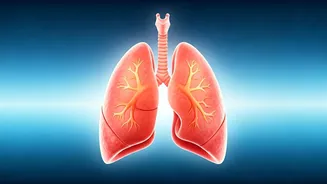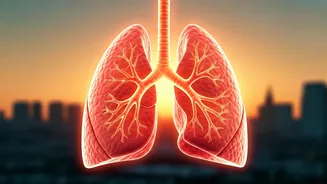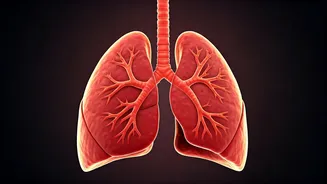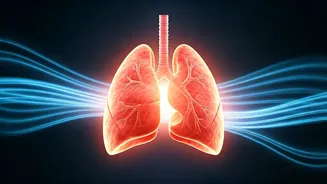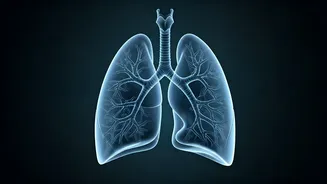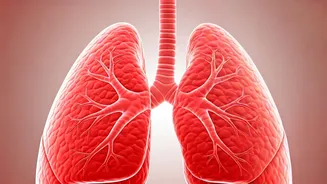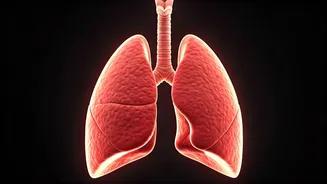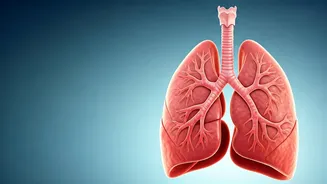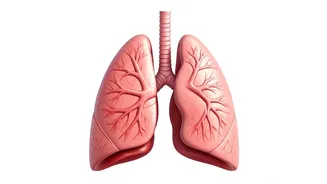Yoga's Respiratory Aid
At the core of yogic healing are breathing exercises, offering a natural defense against the seasonal air quality challenges. During Diwali, Anulom Vilom,
or alternate nostril breathing, is particularly effective. It cleanses the nasal passages, facilitating the balance of oxygen and carbon dioxide, leading to enhanced lung function. Additionally, Bhastrika Pranayama, a rapid sequence of deep inhalations and exhalations, invigorates the lungs. A 2014 study published in the NIH showed that pranayama boosts vital lung capacity and fortifies respiratory muscles. Dedicating just 3-4 minutes daily to these practices can significantly enhance your lungs’ ability to cope with polluted air, providing a practical pathway to respiratory wellness amidst the festive atmosphere.
Combatting Diwali Pollution
Diwali celebrations, while joyful, introduce a surge of pollutants that strain the lungs. To combat this, a mere 10 minutes of focused yoga each day can be transformative. This practice enhances lung capacity, improves oxygen circulation, and acts as a shield for the respiratory system against seasonal air pollution. The season's increased smog can weigh down the air, especially in urban areas, creating challenges for optimal lung function. Implementing this short yoga routine acts as a natural filter, equipping the lungs to efficiently manage polluted air and improve overall endurance. Consistent practice is key to realizing these benefits during Diwali's heightened pollution levels.
10-Minute Yoga Routine
Along with breathing exercises, integrating gentle postures can further enhance respiratory health during Diwali. Bhujangasana (Cobra Pose) and Matsyasana (Fish Pose) are incredibly beneficial. These poses expand the chest cavity by stretching the intercostal muscles, which are located between the ribs. This action allows for greater lung expansion. Setu Bandhasana (Bridge Pose) is another valuable addition. This pose elevates the chest, improving oxygen flow, and reducing the heavy sensation caused by pollution. The combined effect of these poses not only strengthens respiratory muscles but also offers relief from congestion. This concentrated sequence is designed to maximize benefits within a short timeframe.
Crafting Your Routine
To make the most of your 10-minute yoga practice during the festive period, consider a structured approach. Begin with a 2-minute warm-up accompanied by deep breathing to prepare the body. Then, allocate 3 minutes to alternate nostril breathing (Anulom Vilom), which clears and balances the breath. Next, dedicate 2 minutes to Bhastrika Pranayama to energize the lungs. Incorporate Bhujangasana and Matsyasana, spending 2 minutes in these poses for chest expansion and respiratory support. Conclude with 1 minute of relaxation in Shavasana to allow the body to fully benefit from the session. This carefully designed routine combines breathwork and poses to create a comprehensive lung-strengthening experience during Diwali.
